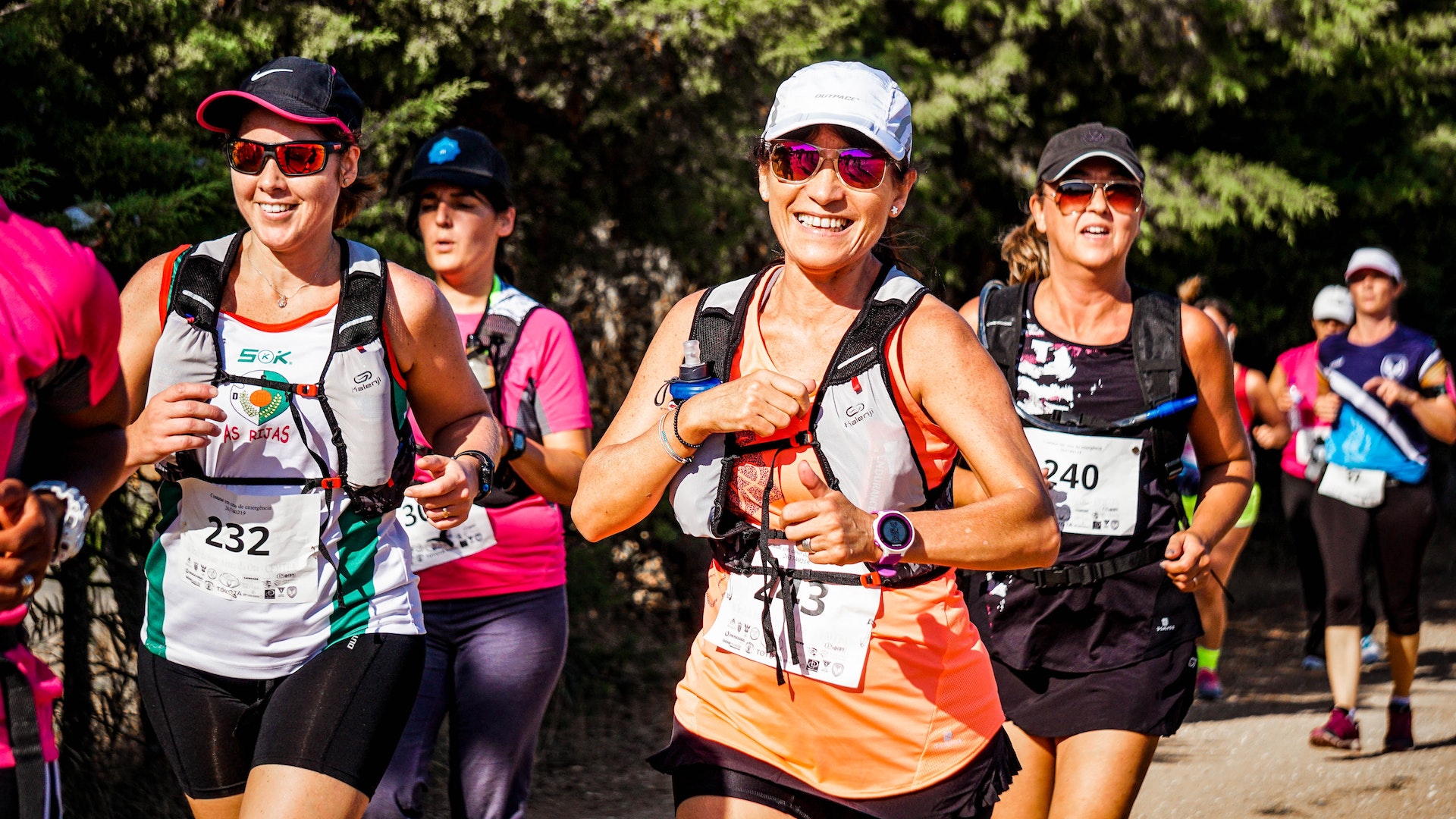Introduction
Running is an incredibly popular form of exercise, attracting millions of enthusiasts across the world. However, to truly reap the benefits of running, preparing your body for the workout is only half the battle. The real magic often lies in recovering effectively. “Why is recovery essential, and how can I maximize its benefits?” you might ask. Let’s find out!
Importance of Recovery in Running
Recovery after running is essential for building muscle strength, preventing injuries, and enhancing overall performance. Post-run muscle repair restores your body to its prime condition and enhances your stamina – allowing you to run longer and faster. And what runner doesn’t want that?
Strategies for Effective Recovery After Running
Now that we’ve established the importance of recovery let’s dive into how you can optimize it for maximum benefits:
- Stretching
A vital component of post-run recovery, stretching helps alleviate muscle soreness, prevents injuries, and enhances muscular flexibility. Integrating static stretches (holding a stretch for around 30 seconds) into your routine can work wonders for your overall performance. Trust me, your hamstrings will thank you.
- Foam Rolling
Foam rollers are the runner’s best friend, providing a deep-tissue massage-like experience. Regularly incorporating foam rolling into your recovery routine can improve muscle tissue quality, decrease soreness, and improve overall flexibility.
- Hydration and Nutrition
“Drink water and have a well-balanced meal” may sound like a cliché, but it’s roots in recovery science are undeniable. Rehydrating and replenishing your body with essential nutrients like water, carbohydrates, and proteins ensures muscle repair and speedy recovery.
- Active Recovery
Rest may sound appealing after long sprints, but gentle movements (e.g., walking or yoga) during “active recovery” are key to improving blood circulation, reducing inflammation, and promoting rejuvenation.
- Sleep
Don’t underestimate the power of a good night’s sleep! Restful slumber gives your body time to heal, supports tissue repair, and regulates growth hormones essential for speedy recovery.
Recovery Dos and Don’ts
- DO stretch and foam roll to target tight muscles.
- DO refuel with proteins and carbohydrates after a run.
- DO engage in low-intensity movements on recovery days.
- DON’T skip the cooldown. Give your body time to make the transition from activity to rest.
- DON’T forget to listen to your body. If it needs more time for recovery, permit it that space.
How Frequently Should You Recover
The frequency of your recovery depends on several factors, including individual goals and your body’s unique needs. Ideally, dedicate at least one day per week for active recovery, focusing on low-intensity exercises like walking or yoga. After each running session, post-run recovery, stretching, and foam rolling should be done. Additionally, give high importance to nutrition, hydration, and sleep daily for overall wellness and recovery. But remember, listening to your body and adjusting your recovery program to ensure continued growth and progress in your running journey is crucial.
Individualizing Your Recovery Plan
Runners come in all shapes, sizes, and abilities. Use the presented strategies as a starting point, but don’t hesitate to experiment and tailor it to build an optimal recovery routine for YOU!
Conclusion
An effective recovery plan is what sets successful runners apart. Focus on strategies like stretching, foam rolling, hydration, nutrition, and sleep to transform your running game for the better. Remember – consistency is key, and a balanced, individualized approach to recovery can work wonders for your strength and stamina.

